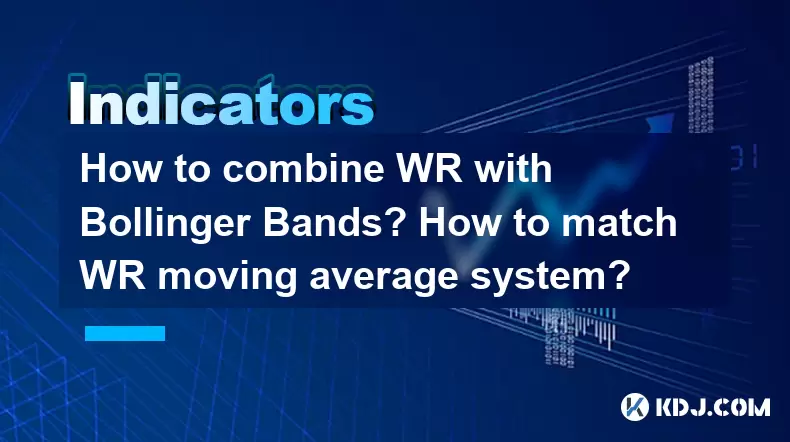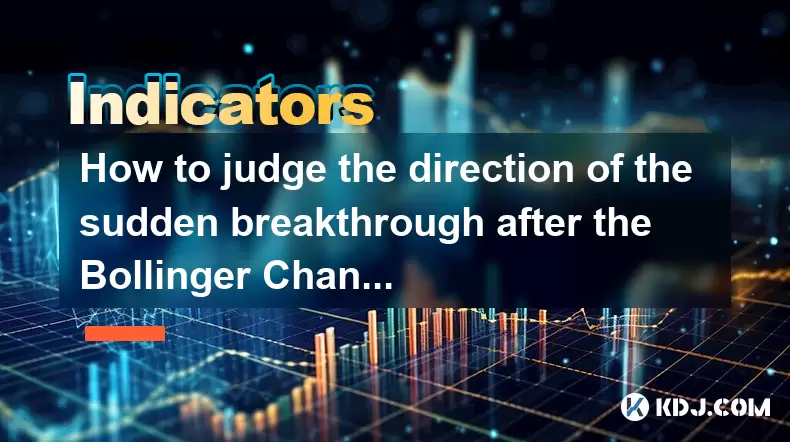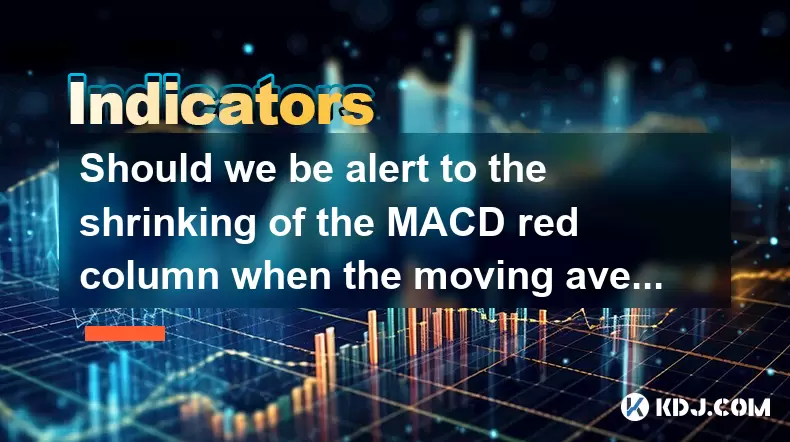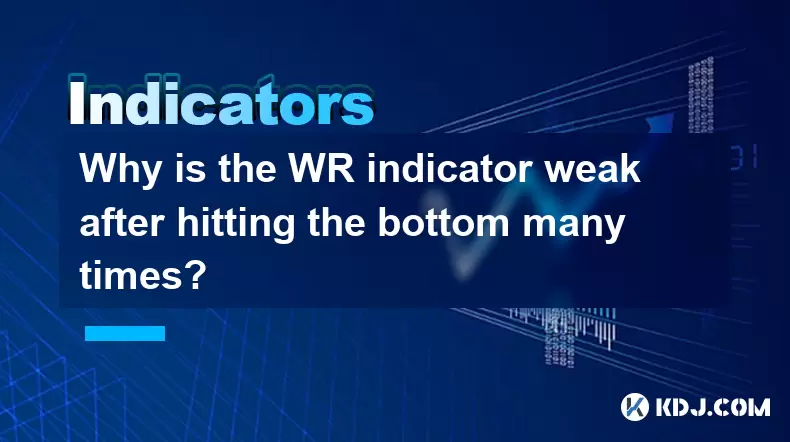-
 Bitcoin
Bitcoin $101,898.5005
-0.75% -
 Ethereum
Ethereum $2,258.1125
-1.07% -
 Tether USDt
Tether USDt $1.0004
0.01% -
 XRP
XRP $2.0178
-2.93% -
 BNB
BNB $624.0243
-1.53% -
 Solana
Solana $134.3298
-0.90% -
 USDC
USDC $0.9999
0.01% -
 TRON
TRON $0.2675
-2.05% -
 Dogecoin
Dogecoin $0.1538
-1.96% -
 Cardano
Cardano $0.5482
-1.11% -
 Hyperliquid
Hyperliquid $35.5636
5.45% -
 Bitcoin Cash
Bitcoin Cash $453.4902
-1.66% -
 Sui
Sui $2.5134
-2.97% -
 UNUS SED LEO
UNUS SED LEO $9.1292
1.77% -
 Chainlink
Chainlink $11.8457
-1.60% -
 Stellar
Stellar $0.2312
-2.73% -
 Avalanche
Avalanche $16.9721
0.29% -
 Toncoin
Toncoin $2.7549
-3.82% -
 Shiba Inu
Shiba Inu $0.0...01081
-1.10% -
 Litecoin
Litecoin $80.8250
-0.71% -
 Hedera
Hedera $0.1374
0.21% -
 Monero
Monero $305.4827
-2.36% -
 Ethena USDe
Ethena USDe $1.0006
0.00% -
 Dai
Dai $1.0000
-0.01% -
 Polkadot
Polkadot $3.2085
-3.12% -
 Bitget Token
Bitget Token $4.0845
-3.13% -
 Uniswap
Uniswap $6.3353
-1.63% -
 Pi
Pi $0.5085
-0.70% -
 Pepe
Pepe $0.0...08913
-3.82% -
 Aave
Aave $232.7090
-0.58%
How to combine WR with Bollinger Bands? How to match WR moving average system?
WR indicator, developed by Larry Williams, measures overbought/oversold levels, oscillating between 0 and -100, with signals enhanced when combined with Bollinger Bands.
May 23, 2025 at 04:42 am

Understanding the Williams %R (WR) Indicator
The Williams %R (WR) is a momentum indicator that measures overbought and oversold levels. It was developed by Larry Williams and is similar to the Stochastic Oscillator. The WR indicator oscillates between 0 and -100, with readings below -80 indicating oversold conditions and readings above -20 indicating overbought conditions. The formula for WR is:
[ \text{WR} = \frac{\text{Highest High} - \text{Close}}{\text{Highest High} - \text{Lowest Low}} \times -100 ]
To use the WR indicator effectively, traders typically look for divergence between the indicator and price action, as well as for crossovers above -20 and below -80. Understanding these basics will help you combine WR with other technical indicators like Bollinger Bands.
Understanding Bollinger Bands
Bollinger Bands are a volatility indicator developed by John Bollinger. They consist of a middle band being a simple moving average (SMA), typically over 20 periods, and two outer bands that are standard deviations away from the middle band. The standard setting is two standard deviations. The upper band is calculated as:
[ \text{Upper Band} = \text{SMA} + (2 \times \text{Standard Deviation}) ]
The lower band is calculated as:
[ \text{Lower Band} = \text{SMA} - (2 \times \text{Standard Deviation}) ]
Bollinger Bands are used to identify overbought and oversold conditions, as well as to gauge volatility. When the price touches the upper band, it may be considered overbought, and when it touches the lower band, it may be considered oversold. Combining Bollinger Bands with WR can provide a more robust trading strategy.
Combining WR with Bollinger Bands
To combine WR with Bollinger Bands, follow these steps:
- Identify the Bollinger Bands on your chart: Ensure that you have the 20-period SMA and the two standard deviation bands set up.
- Add the WR indicator: Set the WR to a standard period of 14, which is commonly used.
- Look for overbought and oversold signals: When the price touches the upper Bollinger Band and the WR is above -20, it can be considered a strong overbought signal. Conversely, when the price touches the lower Bollinger Band and the WR is below -80, it can be considered a strong oversold signal.
- Confirm with divergence: If there is a divergence between the price action and the WR indicator, it can strengthen the signal. For instance, if the price makes a new high but the WR fails to make a new high, it might indicate a potential reversal.
- Execute trades based on signals: Buy when the price touches the lower Bollinger Band and the WR is below -80, and sell when the price touches the upper Bollinger Band and the WR is above -20.
Understanding the WR Moving Average System
The WR Moving Average System involves using the WR indicator in conjunction with moving averages to create a trading strategy. This system typically uses two moving averages: a short-term moving average and a long-term moving average. The short-term moving average is usually a 5-period simple moving average (SMA), and the long-term moving average is typically a 20-period SMA.
The WR Moving Average System works as follows:
- Calculate the WR indicator: Use the standard 14-period setting for the WR.
- Plot the moving averages: Add a 5-period SMA and a 20-period SMA to the WR indicator.
- Look for crossovers: When the 5-period SMA crosses above the 20-period SMA, it is considered a bullish signal. When the 5-period SMA crosses below the 20-period SMA, it is considered a bearish signal.
- Confirm with WR levels: Ensure that the WR is in the overbought or oversold territory to confirm the signal. For instance, a bullish crossover should be confirmed with the WR below -80, and a bearish crossover should be confirmed with the WR above -20.
Matching WR with the Moving Average System
To match WR with the Moving Average System, follow these detailed steps:
- Set up the chart: Add the WR indicator with a 14-period setting to your chart.
- Add the moving averages: Plot a 5-period SMA and a 20-period SMA on the WR indicator.
- Monitor for crossovers: Watch for the 5-period SMA to cross above or below the 20-period SMA.
- Confirm with WR levels: Ensure that the WR is in the appropriate overbought or oversold territory to confirm the crossover signal.
- Execute trades: Buy when the 5-period SMA crosses above the 20-period SMA and the WR is below -80. Sell when the 5-period SMA crosses below the 20-period SMA and the WR is above -20.
Practical Example of Combining WR with Bollinger Bands
Here's a practical example of how to combine WR with Bollinger Bands:
- Scenario: You are analyzing the daily chart of Bitcoin (BTC/USD).
- Step 1: You notice that the price of Bitcoin has touched the upper Bollinger Band.
- Step 2: You check the WR indicator and see that it is above -20.
- Step 3: You look for divergence and notice that the price made a new high, but the WR failed to make a new high.
- Step 4: Based on these signals, you decide to sell Bitcoin as it appears overbought and the WR divergence suggests a potential reversal.
Practical Example of Matching WR with the Moving Average System
Here's a practical example of how to match WR with the Moving Average System:
- Scenario: You are analyzing the 4-hour chart of Ethereum (ETH/USD).
- Step 1: You observe that the 5-period SMA of the WR has crossed above the 20-period SMA.
- Step 2: You check the WR indicator and see that it is below -80, indicating an oversold condition.
- Step 3: Based on these signals, you decide to buy Ethereum as the bullish crossover and oversold WR suggest a potential upward movement.
Frequently Asked Questions
Q1: Can the WR indicator be used alone without other indicators?
A1: While the WR indicator can be used alone to identify overbought and oversold conditions, it is often more effective when combined with other indicators like Bollinger Bands or moving averages to provide more robust signals.
Q2: How do I adjust the settings of the WR and Bollinger Bands for different timeframes?
A2: The settings of the WR and Bollinger Bands can be adjusted based on the timeframe you are trading. For shorter timeframes like 1-hour charts, you might use a shorter period for the WR (e.g., 9 periods) and a shorter moving average for the Bollinger Bands (e.g., 10 periods). For longer timeframes like daily charts, the standard settings of 14 periods for WR and 20 periods for Bollinger Bands are often used.
Q3: What are the potential pitfalls of using the WR Moving Average System?
A3: One of the potential pitfalls of using the WR Moving Average System is the occurrence of false signals, especially in highly volatile markets. It's important to use additional confirmation tools and consider the overall market context before executing trades based on this system.
Q4: How can I backtest the WR and Bollinger Bands combination?
A4: To backtest the combination of WR and Bollinger Bands, you can use trading software like MetaTrader or TradingView. Set up the indicators with your chosen settings, apply the strategy rules, and run the backtest over a historical period. Analyze the results to see how the strategy would have performed in the past.
Disclaimer:info@kdj.com
The information provided is not trading advice. kdj.com does not assume any responsibility for any investments made based on the information provided in this article. Cryptocurrencies are highly volatile and it is highly recommended that you invest with caution after thorough research!
If you believe that the content used on this website infringes your copyright, please contact us immediately (info@kdj.com) and we will delete it promptly.
- FUNToken: Decoding Past Trends and Getting Started in the Gaming Crypto Sphere
- 2025-06-23 22:25:12
- BTC Price Analysis: Navigating Volatility and the Quest for a New ATH
- 2025-06-23 22:25:12
- Genesis, Bitcoin Mining, and Air-Cooled Miners: A New Era?
- 2025-06-23 22:45:12
- Coinbase's Growth and Resilience: Navigating the Crypto Landscape
- 2025-06-23 22:45:12
- Bitcoin Options Market: Bullish Bets Amidst Geopolitical Jitters
- 2025-06-23 22:51:52
- Dubai's Virtual Asset Scene Heats Up: GAP 3 Partners Lands Landmark Investment Advisor License
- 2025-06-23 22:55:12
Related knowledge

What is the significance of the gap formed by the gap opening not being filled within five days?
Jun 23,2025 at 09:42pm
Understanding Gaps in Cryptocurrency TradingIn the world of cryptocurrency trading, a gap refers to a situation where the price of an asset jumps from one level to another without any trading activity occurring between those two levels. This often happens over weekends or holidays when the market is closed, and significant news or events occur that impa...

Does the second golden cross of MACD above the zero axis represent the continuation of strength?
Jun 23,2025 at 08:21pm
Understanding the MACD IndicatorThe Moving Average Convergence Divergence (MACD) is a widely used technical analysis tool in cryptocurrency trading. It consists of three main components: the MACD line, the signal line, and the histogram. The MACD line is calculated by subtracting the 26-period Exponential Moving Average (EMA) from the 12-period EMA. The...

How to judge the direction of the sudden breakthrough after the Bollinger Channel narrows to the extreme?
Jun 23,2025 at 11:00pm
Understanding the Bollinger Channel and Its Narrowing PatternThe Bollinger Channel is a widely used technical indicator in cryptocurrency trading, consisting of three bands: the middle band (a simple moving average), and two outer bands that represent standard deviations from the middle line. When the price consolidates for an extended period, the chann...

Is it effective when the DIF line suddenly crosses the zero axis when the volume is shrinking and the market is trading sideways?
Jun 23,2025 at 07:29pm
Understanding the DIF Line in Technical AnalysisThe DIF line, or the Difference Line, is a critical component of the MACD (Moving Average Convergence Divergence) indicator, widely used in technical analysis across cryptocurrency and traditional financial markets. It represents the difference between the 12-period EMA (Exponential Moving Average) and the...

Should we be alert to the shrinking of the MACD red column when the moving average is arranged in a bullish pattern?
Jun 23,2025 at 08:14pm
Understanding the MACD Red Column and Its SignificanceThe Moving Average Convergence Divergence (MACD) is a widely used technical indicator in cryptocurrency trading. It consists of three main components: the MACD line, the signal line, and the MACD histogram (the red column). The red column represents the difference between the MACD line and the signal...

Why is the WR indicator weak after hitting the bottom many times?
Jun 23,2025 at 07:56pm
Understanding the WR Indicator in Cryptocurrency TradingThe Williams %R (WR) indicator is a momentum oscillator used by traders to identify overbought and oversold levels in the market. It ranges from 0 to -100, with readings above -20 considered overbought and below -80 considered oversold. In the context of cryptocurrency trading, where volatility is ...

What is the significance of the gap formed by the gap opening not being filled within five days?
Jun 23,2025 at 09:42pm
Understanding Gaps in Cryptocurrency TradingIn the world of cryptocurrency trading, a gap refers to a situation where the price of an asset jumps from one level to another without any trading activity occurring between those two levels. This often happens over weekends or holidays when the market is closed, and significant news or events occur that impa...

Does the second golden cross of MACD above the zero axis represent the continuation of strength?
Jun 23,2025 at 08:21pm
Understanding the MACD IndicatorThe Moving Average Convergence Divergence (MACD) is a widely used technical analysis tool in cryptocurrency trading. It consists of three main components: the MACD line, the signal line, and the histogram. The MACD line is calculated by subtracting the 26-period Exponential Moving Average (EMA) from the 12-period EMA. The...

How to judge the direction of the sudden breakthrough after the Bollinger Channel narrows to the extreme?
Jun 23,2025 at 11:00pm
Understanding the Bollinger Channel and Its Narrowing PatternThe Bollinger Channel is a widely used technical indicator in cryptocurrency trading, consisting of three bands: the middle band (a simple moving average), and two outer bands that represent standard deviations from the middle line. When the price consolidates for an extended period, the chann...

Is it effective when the DIF line suddenly crosses the zero axis when the volume is shrinking and the market is trading sideways?
Jun 23,2025 at 07:29pm
Understanding the DIF Line in Technical AnalysisThe DIF line, or the Difference Line, is a critical component of the MACD (Moving Average Convergence Divergence) indicator, widely used in technical analysis across cryptocurrency and traditional financial markets. It represents the difference between the 12-period EMA (Exponential Moving Average) and the...

Should we be alert to the shrinking of the MACD red column when the moving average is arranged in a bullish pattern?
Jun 23,2025 at 08:14pm
Understanding the MACD Red Column and Its SignificanceThe Moving Average Convergence Divergence (MACD) is a widely used technical indicator in cryptocurrency trading. It consists of three main components: the MACD line, the signal line, and the MACD histogram (the red column). The red column represents the difference between the MACD line and the signal...

Why is the WR indicator weak after hitting the bottom many times?
Jun 23,2025 at 07:56pm
Understanding the WR Indicator in Cryptocurrency TradingThe Williams %R (WR) indicator is a momentum oscillator used by traders to identify overbought and oversold levels in the market. It ranges from 0 to -100, with readings above -20 considered overbought and below -80 considered oversold. In the context of cryptocurrency trading, where volatility is ...
See all articles
























































































